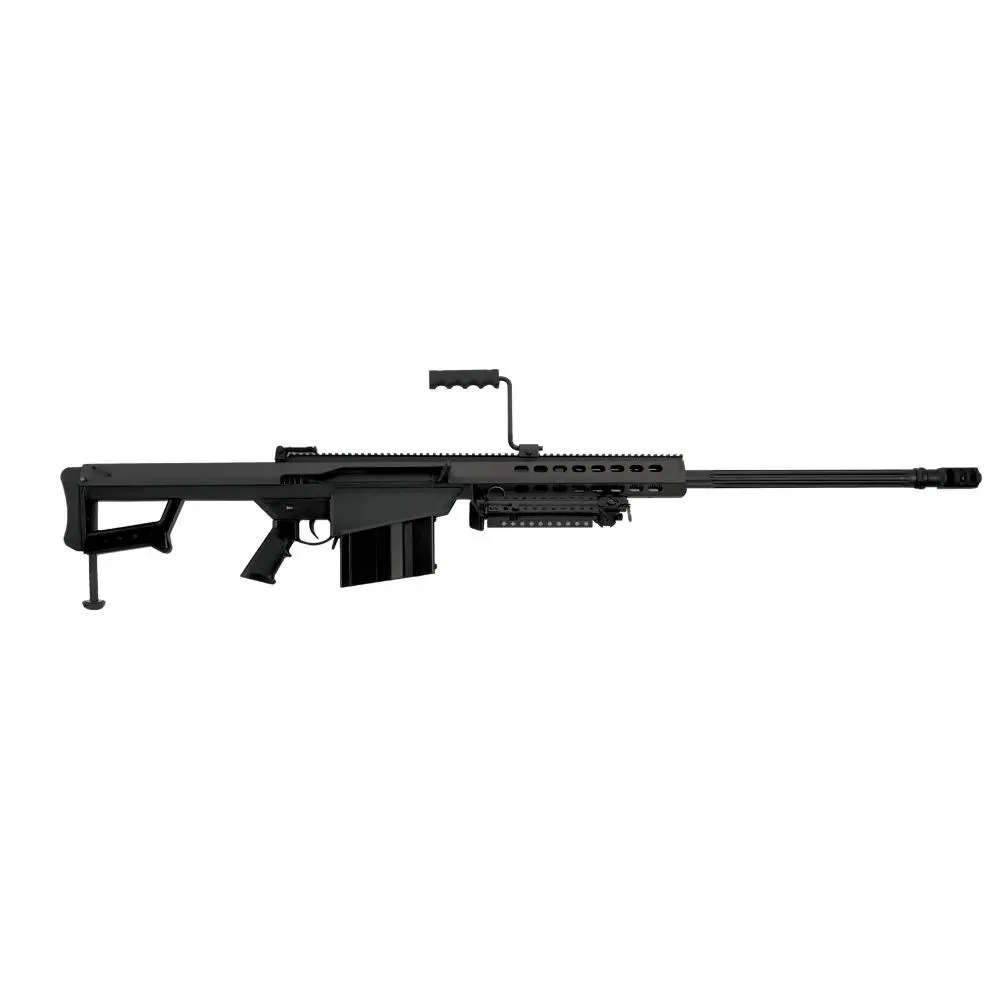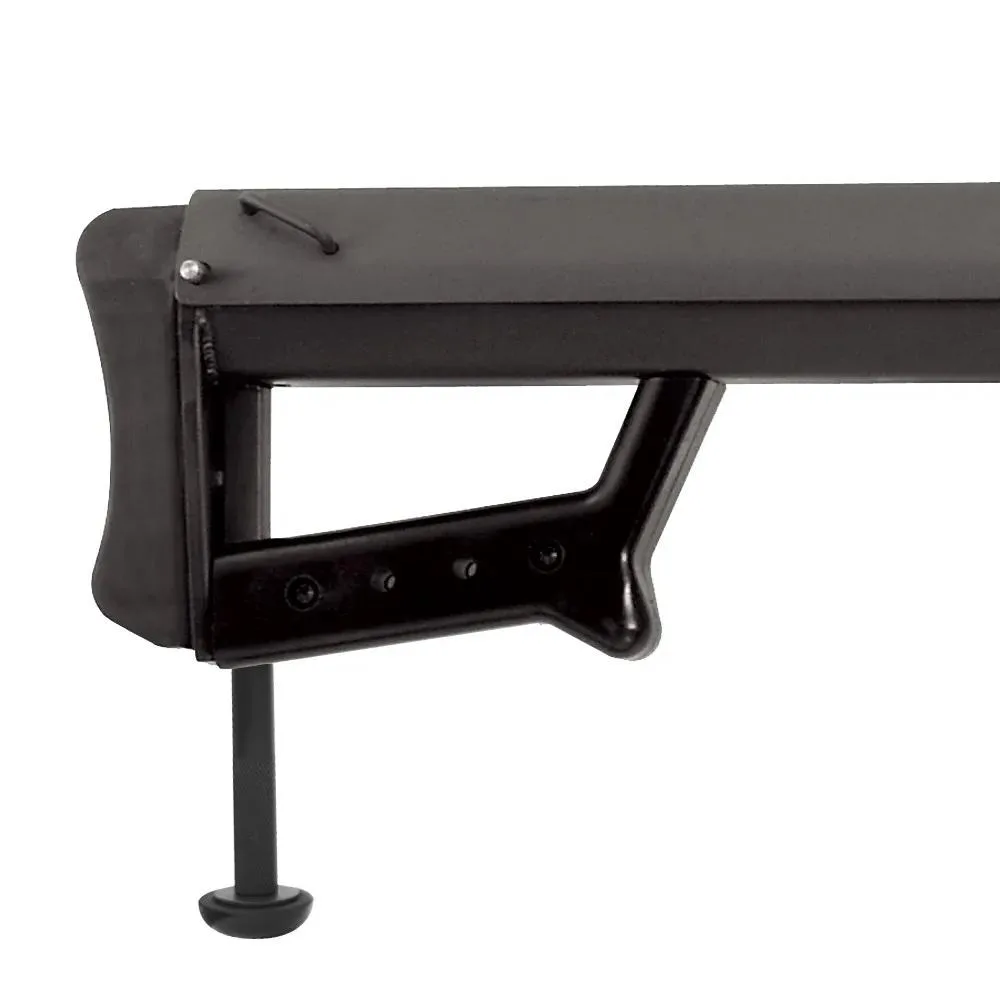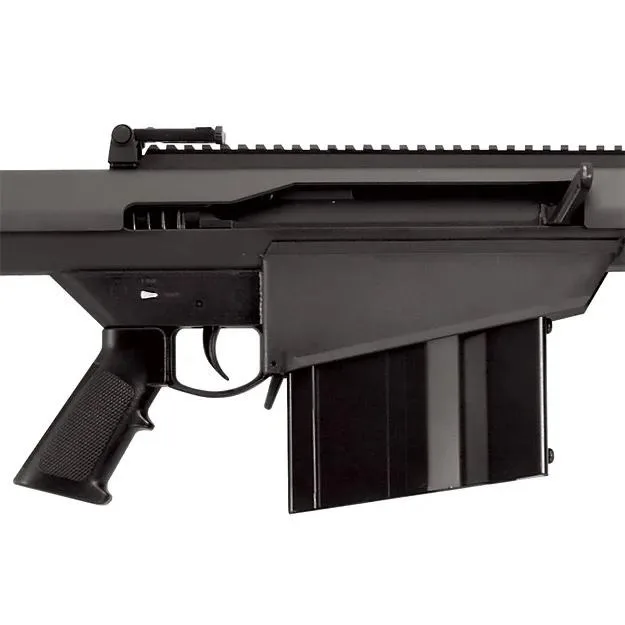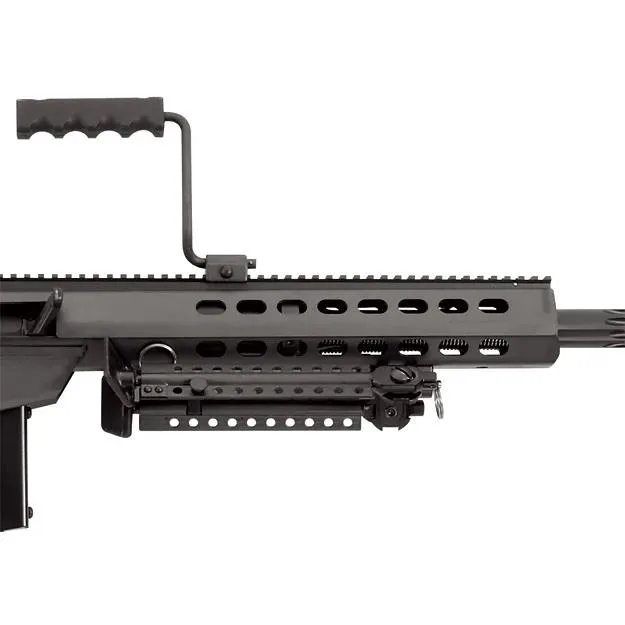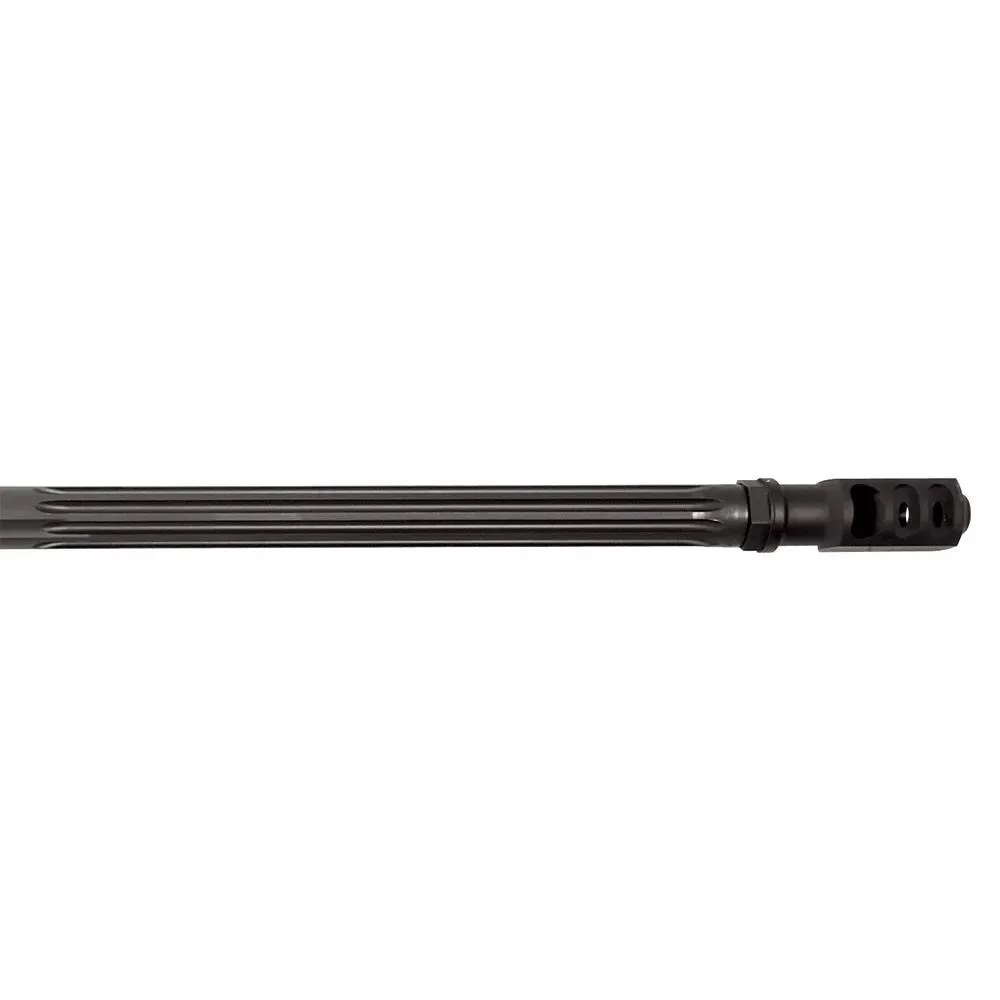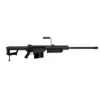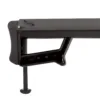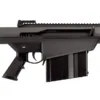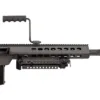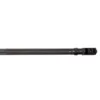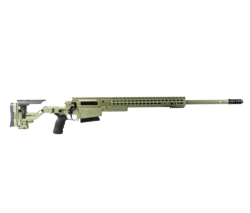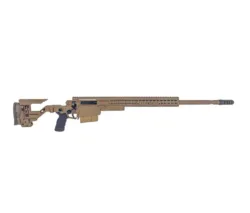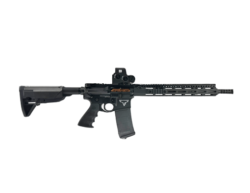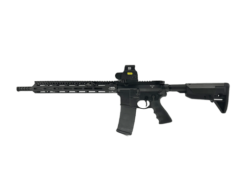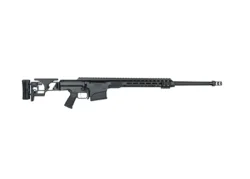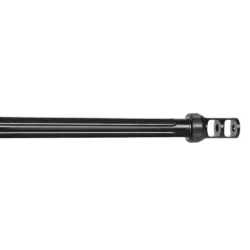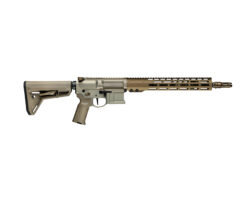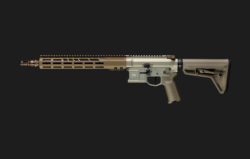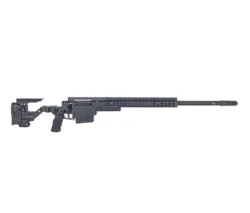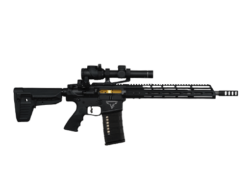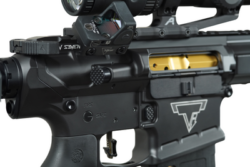Undoubtedly one of the most recognizable firearms of the 20th Century, the Barrett M82A1 was the first shoulder fired semi-automatic sniper rifle built to fire the .50 BMG (12.7x99mm NATO) cartridge—a round that prior to the M82A1 was reserved solely for mounted machine guns like the Browning M2. It wasn’t until the United States was preparing for Operation Desert Storm that the U.S. military purchased the Barrett M82A1, it was then that the rifle had the opportunity to prove how indispensable it was. After the Gulf War the United States purchased M82A1 for primary use as an anti-material rifle due to its ability to disable radar stations, light armored vehicles, and parked aircraft—as well as penetrating hard enemy cover on the battlefield.
The Barrett M82A1’s semi-automatic action relies on a rotating recoil operated bolt and is available with a 20” CQB barrel or 29” long range barrel. M82A1 rifles chambered in .416 Barrett exclusively use a 29” barrel. The receiver is made from steel to ensure unparalleled durability and also to add significant weight to mitigate the powerful recoil of the .50 BMG cartridge. Barrett M82A1 rifles ship with a lightweight quick-detach bipod that allows you to fire the rifle from a supported or prone position. .50 BMG Barrett M82A1s use an arrowhead shaped 2-port muzzle break for recoil mitigation and the .416 barrel M82A1s use a cylindrical 3-port muzzle break. M82A1 comes standard with a 23” Picatinny with a 27 MOA cant.

